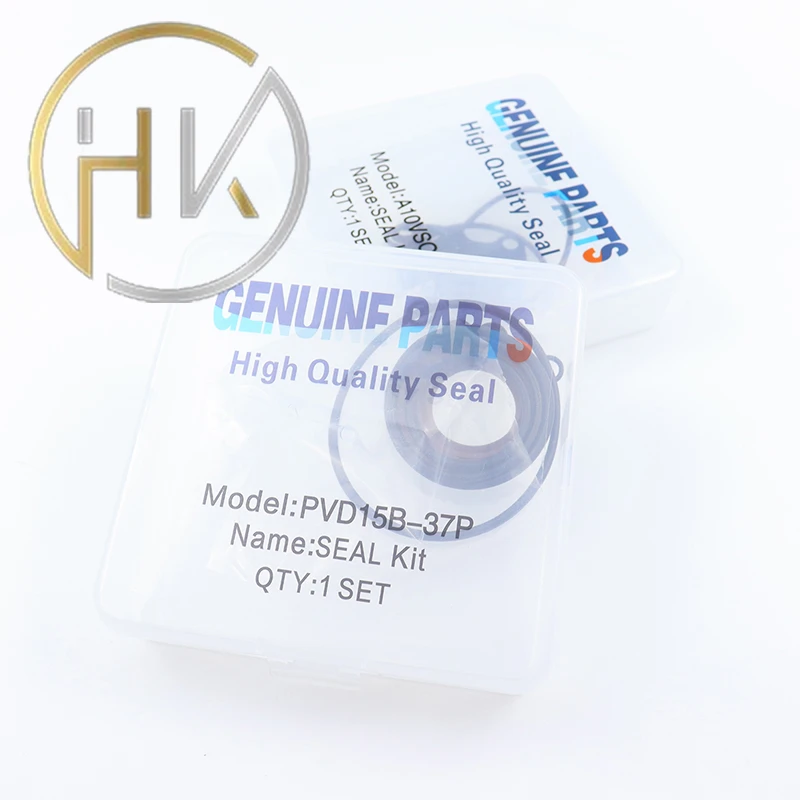វិច្ឆិកា . 05, 2024 20:05 Back to list
wiper ring
Understanding Wiper Rings The Unsung Heroes of Mechanical Sealing
In the world of engineering, particularly in the design of machinery and equipment, every component plays a crucial role in the overall efficiency and functionality of the system. Among these components, wiper rings often go unnoticed, yet they serve a vital purpose in ensuring the durability and reliability of various devices. This article will delve into the significance, design, material selection, and applications of wiper rings, highlighting their role as unsung heroes in mechanical sealing.
What Are Wiper Rings?
Wiper rings, also known as scraper rings or wiper seals, are sealing components used primarily to prevent contamination of the internal parts of machinery by dirt, dust, and other external elements. They are typically found in hydraulic cylinders, pneumatic systems, and other types of machinery where a moving shaft or piston might allow external substances to enter sensitive areas.
These rings are designed to fit snugly between the moving parts and the outer housing, effectively wiping away any debris as the components move against each other. Without wiper rings, machinery would quickly degrade due to the abrasive nature of particles, resulting in wear and tear that could lead to catastrophic failures.
The Importance of Wiper Rings
1. Contamination Prevention The primary function of wiper rings is to keep contaminants at bay. By wiping away dirt and debris, they help in maintaining clean operating conditions, thus prolonging the life of the hydraulic or pneumatic systems.
2. Reduced Maintenance Costs Regular maintenance can be a significant expense in machinery operation. Wiper rings contribute to reduced maintenance costs by decreasing the frequency and severity of repairs caused by contamination.
3. Enhanced Performance With the protection offered by wiper rings, machinery can operate more efficiently. By ensuring that components remain clean, wiper rings help maintain optimal performance, contributing to higher productivity and reduced energy consumption.
Design Considerations
The design of a wiper ring is paramount to its effectiveness. Factors such as the diameter, width, and material all influence the performance of the wiper ring. Proper fit is crucial; a ring that is too loose may fail to adequately wipe away contaminants, while one that is too tight could generate excessive friction, leading to premature wear.
wiper ring

Moreover, the cross-section of the wiper ring is designed to create a wiping action as the moving element passes through. Common designs include single edge, double edge, and custom profiles to fit specific applications. The geometry of the wiper ring can be tailored to accommodate various operational requirements.
Material Selection
The choice of materials for manufacturing wiper rings is another critical aspect. Factors such as temperature, pressure, and the type of contaminants must be considered. Common materials include
- Nitrile Rubber (NBR) Known for its excellent abrasion and wear resistance, making it suitable for a wide range of applications. - Polyurethane (PU) Offers superior flexibility and resilience, making it ideal for high-performance applications. - Fluoroelastomer (FKM) Excellent for extreme temperatures and chemical exposure, often used in specialized industries.
Each material has its advantages and limitations, so selecting the right one for the application is essential for the longevity and effectiveness of the wiper rings.
Applications
Wiper rings are versatile components used across various industries, including
- Hydraulic Systems In hydraulic cylinders, wiper rings protect the seals from external debris, enhancing the lifespan of the entire system. - Pneumatic Equipment Similar to hydraulic systems, wiper rings in pneumatic actuators ensure clean operations, preventing malfunction. - Automotive Industry Used in vehicle engines and assemblies, wiper rings help maintain the integrity of critical components. - Industrial Machinery In manufacturing and construction, wiper rings contribute to the reliability of heavy machinery.
Conclusion
Wiper rings are essential components that contribute significantly to the durability and efficiency of various machinery. Despite being overlooked, their role in contamination prevention and performance enhancement cannot be overstated. As engineering continues to evolve, the design and material selection for wiper rings will play a key role in the development of more resilient and efficient systems. Understanding their function and importance encourages engineers and manufacturers to prioritize these unsung heroes in their designs, ensuring machinery operates smoothly and effectively over time.
-
The Trans-formative Journey of Wheel Hub Oil Seals
NewsJun.06,2025
-
Graphene-Enhanced Oil Seals: Revolutionizing High-Pressure Oil Sealing
NewsJun.06,2025
-
Future of Hydraulic Sealing: Advanced Intelligent TCN Oil Seals
NewsJun.06,2025
-
Don’t Let a Broken TCV Oil Seal Ruin Your Day
NewsJun.06,2025
-
Bio-Inspired Dust Seals for Better Sealing Performance
NewsJun.06,2025
-
Biodegradable and Sustainable Hydraulic Seal Materials
NewsJun.06,2025
-
Top Oil Seal Solutions for Your Industrial Needs
NewsMay.22,2025
Products categories
















